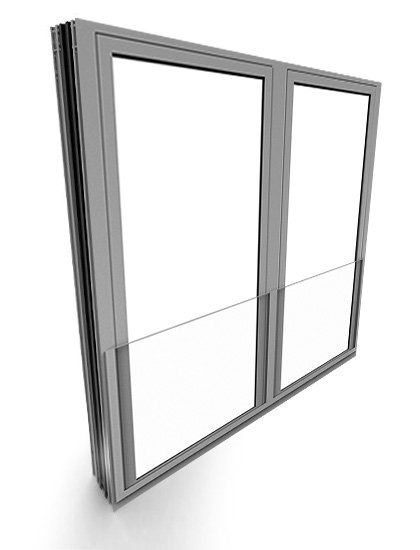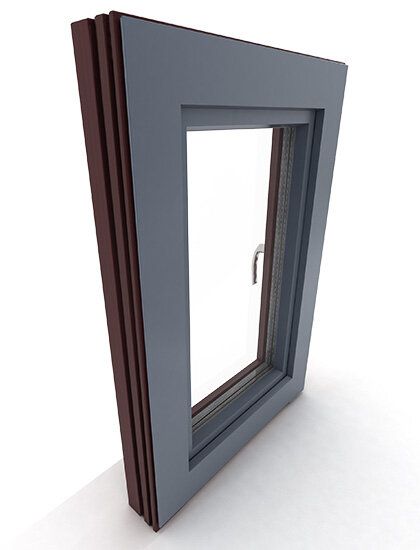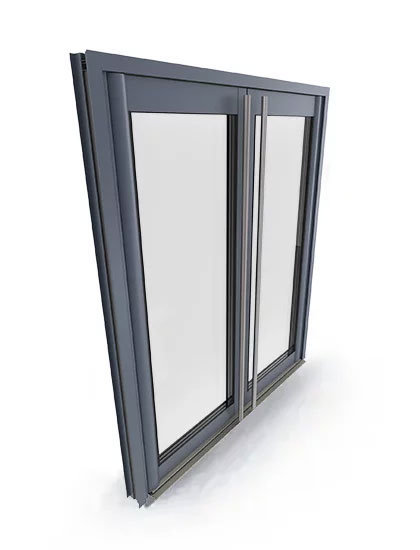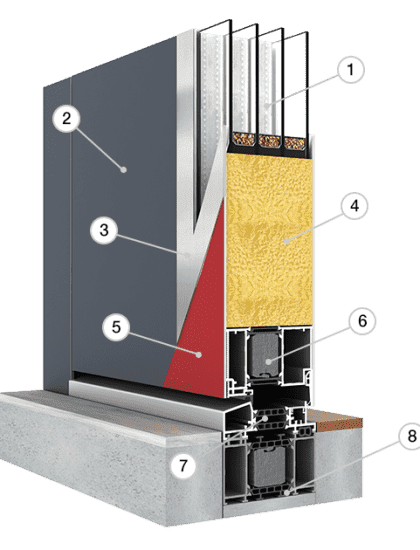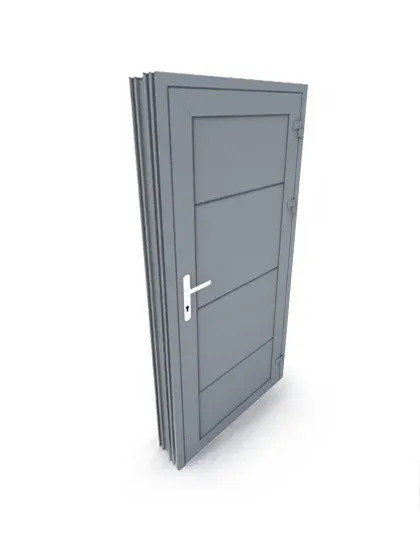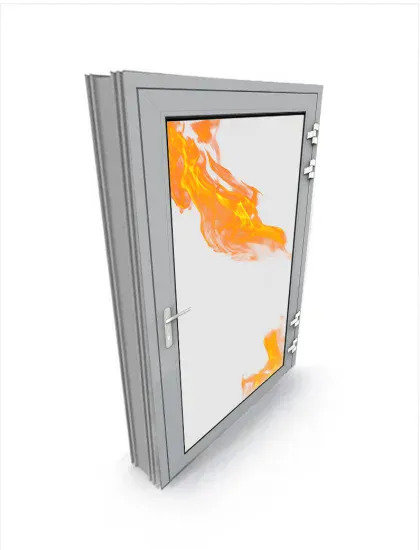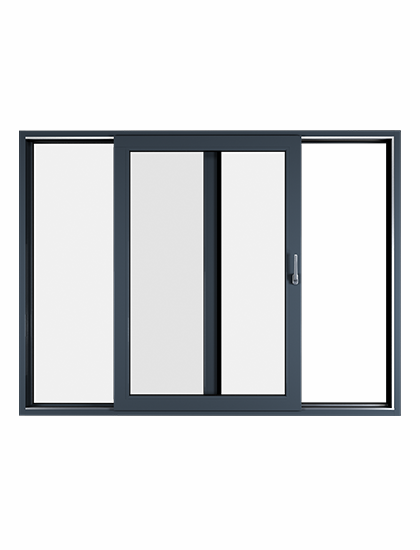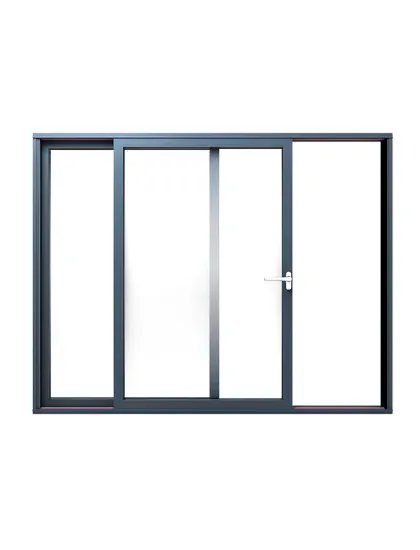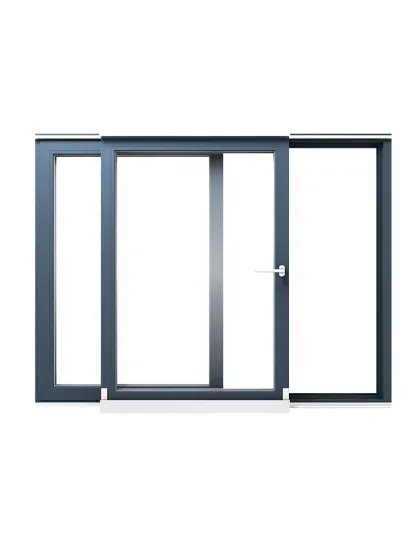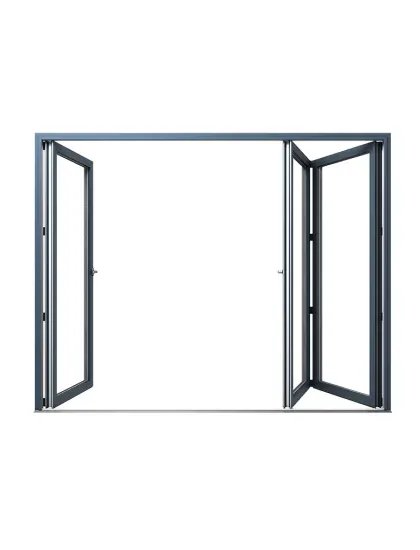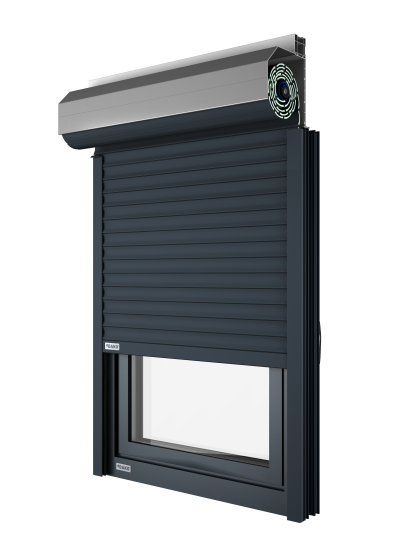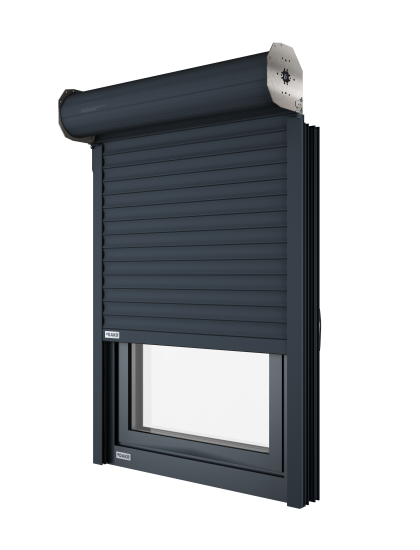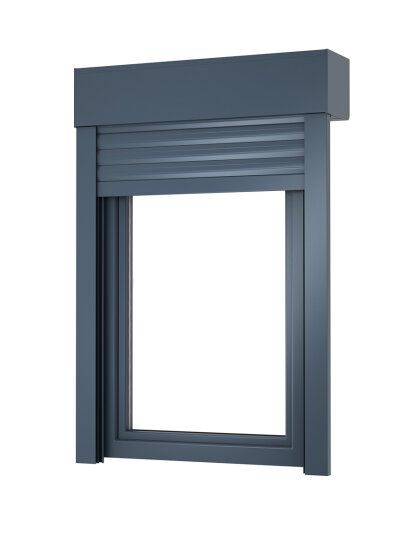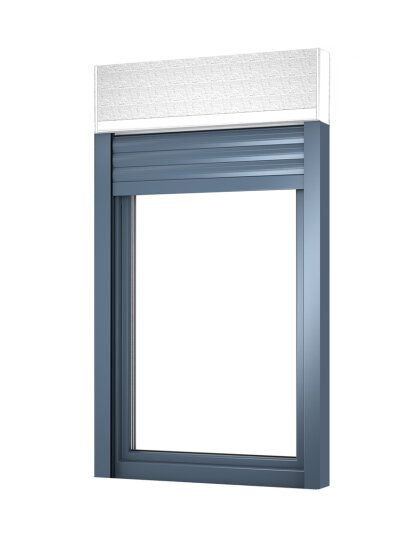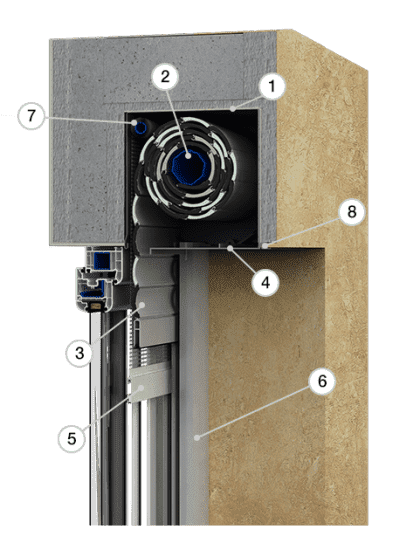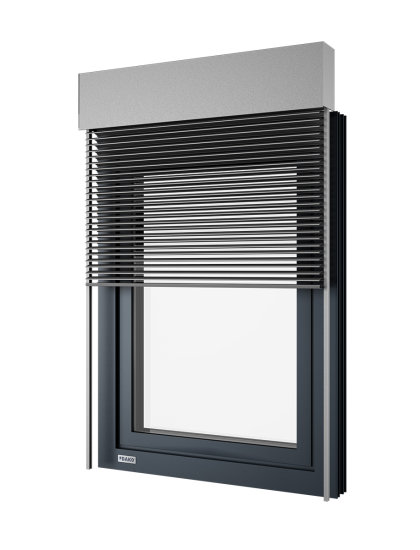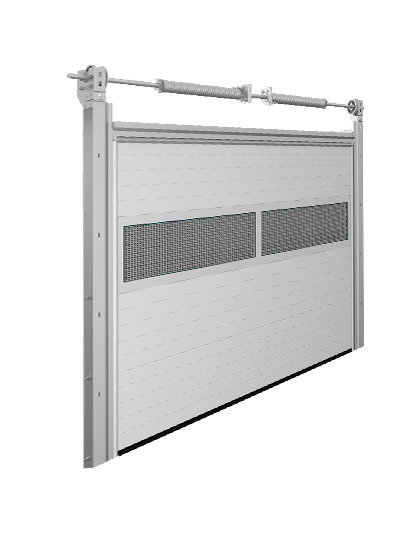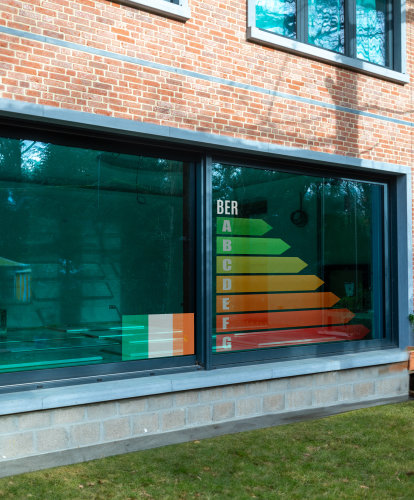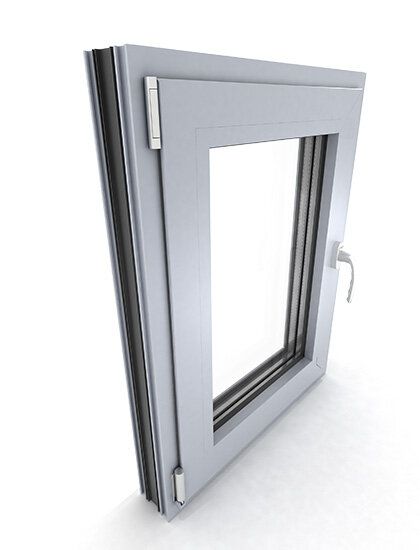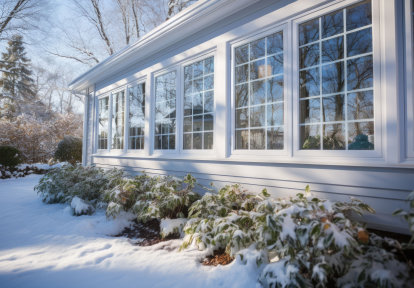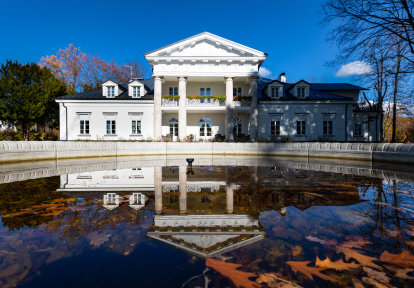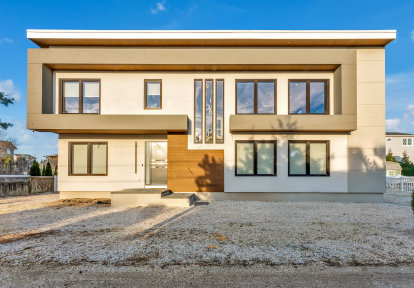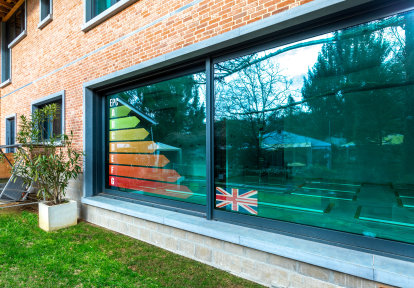Standards and indicators to meet
Regulations have an important influence on shaping local standards for constructions and renovations, also it’s linked to the international drive towards zero carbon and environmental building change. Building Energy Rating (BER) certification in Ireland shows the energy performance of a home on a scale of A to G, where A indicates the highest value. Crucially, these certificates are now legally required in Ireland when selling, renting or buying a house.
Improvement of the BER increases the overall comfort of the building, the value and energy efficiency of the home and reduces energy bills and carbon emissions. The key to this is, among other things, proper insulation and insulation of the building with high quality materials, modern joinery, and optymally selected heating system.
Energy transformation of buildings - new energy sources
Ireland's environmental policies and climate ambitions mean that zero carbon in the country is expected to be achieved by 2050. According to European Commission reports1, the country has a high potential for per capita renewable gas production of around 13 TWh/person.
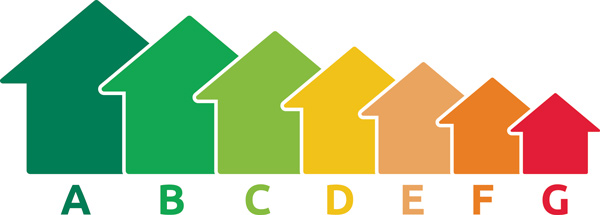
Green energy sources in Ireland have been an important topic in public discourse for years and are of growing importance for modern construction. Interestingly, these are not only 'classic' RES, such as wind or hydro power, but also biogas and hydrogen, which are extremely popular there.
Energy-efficient construction, warm window joinery.
There is also an exponential increase in interest in passive construction, where buildings are characterised by minimal energy consumption, which results in lower heating or cooling bills. This popular trend is becoming a target for more and more developers and investors.
Low-energy houses are already a standard in new architectural designs, and warm joinery is a key element in this process. The right windows or doors can make a significant difference to the energy efficiency of a home, while providing comfortable living and reducing running costs. Warm windows from manufacturers such as the DAKO brand make it possible to achieve U-values as low as 0.62 W/m2K, so they will successfully fit into the needs of passive construction.
Windows, that follow the trends
Investing in high quality, thermally insulated joinery proves to be a critical step from here. DAKO windows have been designed to suit the climate and requirements of the UK islands, while maintaining optimum thermal insulation values, tightness and durability of manufacture.
We particularly recommend the warm DA-77 aluminium windows with a four-chamber profile with thermal breaks. They guarantee thermal insulation at a high level, with a coefficient value of Uw=0.89 W/m2K.
The top-quality PVC DPQ-82 thermoSecure windows will also be an excellent choice. Our warmest series of windows with the swisspacer ultimate warm frame allows as much as 10% more light and thermal gain thanks to the special glazing. The Uw value for these windows is as high as 0.75 W/m2K!
No matter which model you decide on, it will be a good solution for residential construction, renovation of single-family houses and flats, but also for larger investments. For more information, please visit www.dako.eu.
Source: https://www.gasnetworks.ie/corporate/sustainability/overview/environment/




